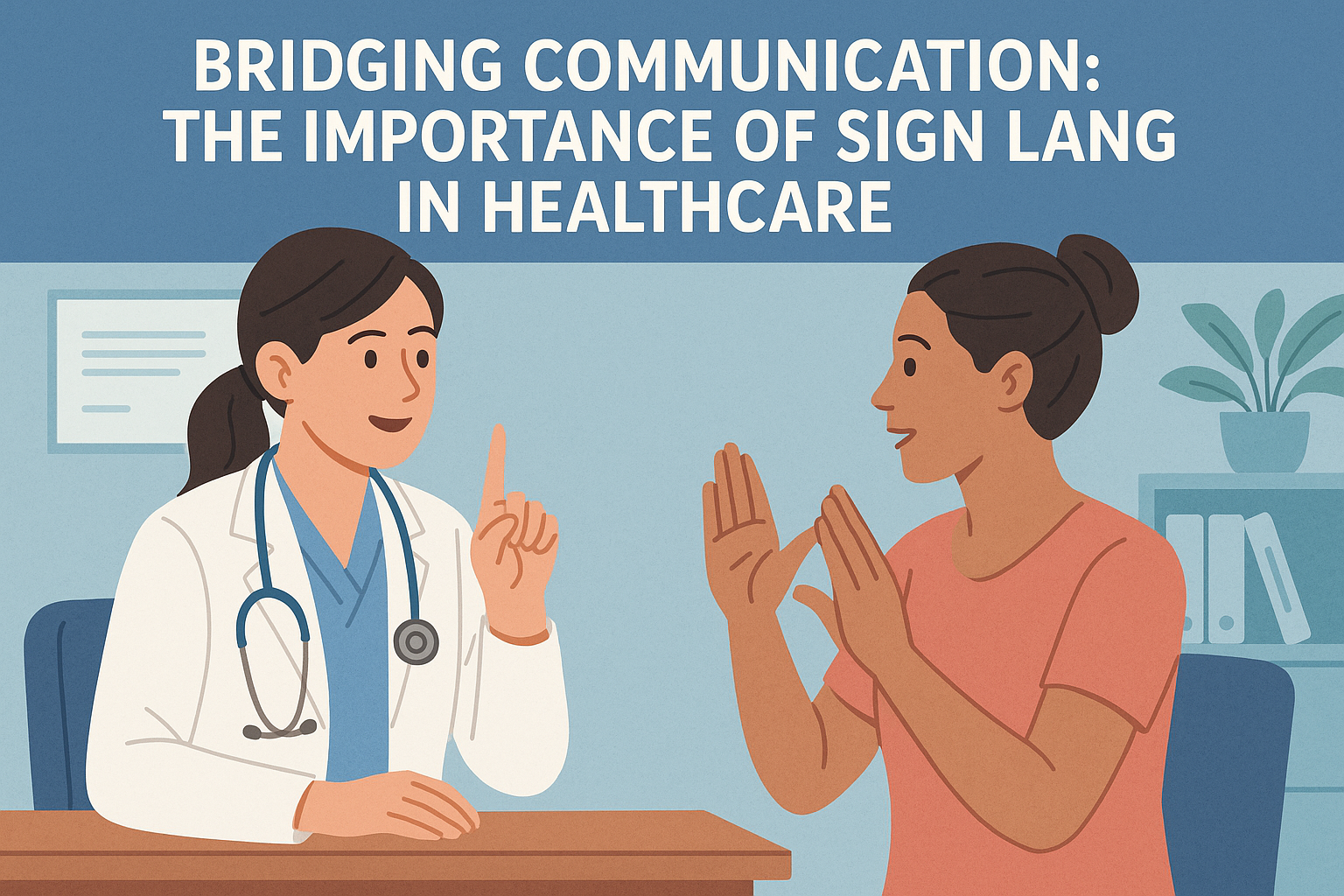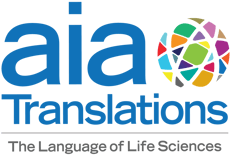Bridging Communication: The Importance of Sign Language in Healthcare
Medical Pharmaceutical Translations • Sep 22, 2025 12:00:01 PM

Every year on September 23, the world celebrates the International Day of Sign Languages (IDSL), a date established by the United Nations to promote the recognition of sign languages as essential tools for inclusivity and equality. For medical translation and healthcare communication, this day serves as a reminder that accessibility goes beyond written and spoken languages—it includes ensuring that patients who use sign languages receive the same quality of care.
Why Sign Language Matters in Healthcare
Globally, over 70 million deaf people use more than 300 different sign languages. In medical settings, lack of access to trained sign language interpreters can result in:
-
Misunderstandings in diagnosis or treatment plans.
-
Barriers in obtaining informed consent.
-
Increased patient stress and reduced trust in providers.
Ensuring clear and accessible communication is not only a matter of ethics but also of patient safety.
The Role of Medical Interpreters and Translators
While medical translators often focus on written documents—clinical trial protocols, medical device IFUs, or patient information leaflets—the role of interpreters, including sign language professionals, is equally vital. Together, they ensure that:
-
Patients understand their conditions and treatments.
-
Healthcare providers can make accurate, informed decisions.
-
Regulations on accessibility and non-discrimination are upheld.
Sign Languages as Full Languages
One common misconception is that sign languages are universal or merely "gestures." In reality, each sign language—such as ASL (American Sign Language), LSA (Lengua de Señas Argentina), or BSL (British Sign Language)—has its own grammar, structure, and cultural context. This makes specialized knowledge and professional training critical for medical interpreters working in sign language.
The Link with Medical Translation
For language service providers (LSPs) and medical translators, the International Day of Sign Languages is an opportunity to:
-
Raise awareness about inclusivity in healthcare communication.
-
Collaborate with sign language interpreters to ensure comprehensive coverage in multilingual healthcare projects.
-
Promote accessibility as part of quality healthcare and global health equity.
Looking Ahead
As the medical field becomes more globalized and patient-centered, healthcare stakeholders must recognize that accessibility includes both spoken and signed languages. By working hand in hand, medical translators, interpreters, and healthcare providers can ensure that no patient is left behind because of a language barrier.
